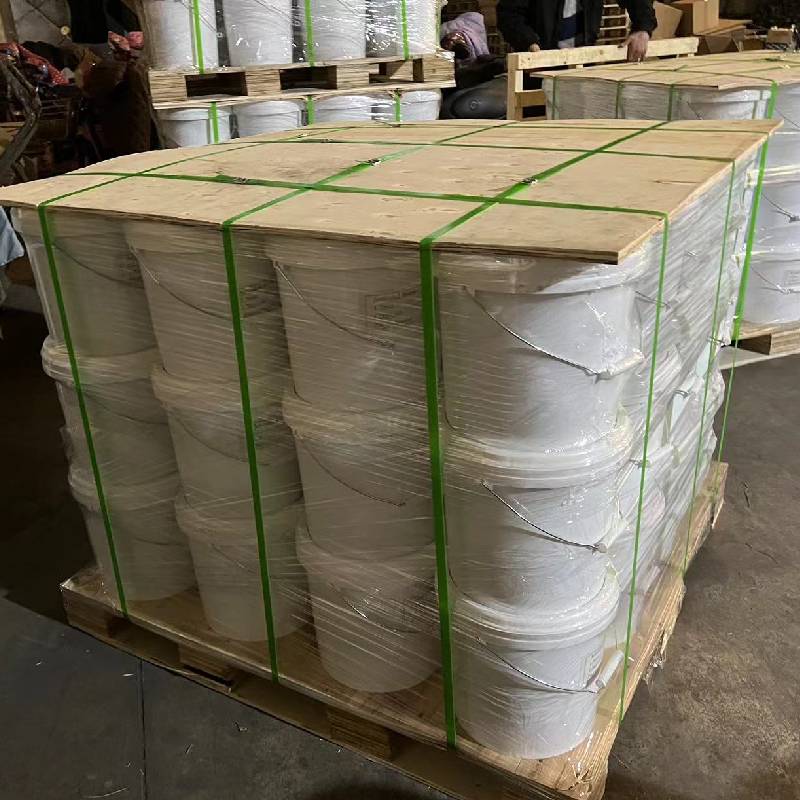
- Mobile Phone
- +8613931874955
- sales@cntcmetal.com
tension extension
Understanding Tension and Extension The Fundamental Relationship in Materials Science
In the realm of materials science, one of the fundamental principles that govern the behavior of materials under stress is the relationship between tension and extension. This concept is crucial in various fields, from engineering to construction, and even in everyday applications. Understanding how materials respond to tensile forces can help us design safer structures, select appropriate materials for specific applications, and predict the behavior of objects under load.
When we speak of tension, we refer to the force that is applied to a material in a way that tends to stretch it. This force is directed along the length of the object and can originate from various sources, such as applied loads, gravitational forces, or internal stresses. Common examples of tension include the force exerted on cables, ropes, or beams when they support weight or resist opposing forces.
Extension, on the other hand, is the measure of the increase in length that a material experiences when subjected to tensile forces. It is expressed as a change in length relative to the original length of the material, often represented as a percentage. The relationship between tension and extension is primarily governed by the material's elastic properties, encapsulated by Hooke's Law, which states that the extension is directly proportional to the applied tension, as long as the material is within its elastic limit.
Hooke's Law can be mathematically expressed as
\[ F = k \times x \]
tension extension

where \( F \) is the force applied (tension), \( k \) is the stiffness of the material (spring constant), and \( x \) is the extension (change in length). This linear relationship holds true for elastic materials, meaning that once the tension is removed, the material returns to its original dimensions. However, it is critical to recognize that materials have a limit to the amount of tension they can withstand before undergoing plastic deformation or breaking.
Different materials exhibit varying responses to tension and extension. For instance, metals tend to demonstrate significant elastic behavior alongside a noticeable yield point, beyond which they no longer return to their original shape. In contrast, materials like rubber can stretch considerably without permanent deformation due to their high elasticity. Understanding the tensile properties of materials allows engineers to choose the right ones for specific applications—structural steel for buildings, rubber for tires, and textiles for clothing.
Moreover, the effects of temperature, aging, and environmental factors can significantly influence how materials respond to tension. For example, as temperatures rise, certain materials may become more ductile, allowing them to stretch more before breaking. Conversely, colder conditions might make materials more brittle, reducing their ability to withstand tensile stress.
In practical applications, the tension-extension relationship also plays a crucial role in manufacturing processes, quality control, and material testing. Engineers often perform tensile tests to determine a material's yield strength, ultimate strength, and ductility. These tests provide essential information that can inform design decisions for components that will experience tension, ensuring that they can safely carry the expected loads over their intended lifespan.
In conclusion, the relationship between tension and extension is a cornerstone of materials science. It helps us understand how different materials behave under stress and informs the design and application of countless everyday objects and structures. As technology advances and new materials are developed, a deeper comprehension of these principles will continue to play a vital role in innovation and safety in engineering and beyond. By appreciating the intricacies of tension and extension, we can better appreciate the materials that shape our world.
share:
-
Understanding Wall Ties: Types and ImportanceNewsApr.28,2025
-
Top Products for Your Yard and Signage NeedsNewsApr.28,2025
-
The World of SpringsNewsApr.28,2025
-
Masonry Accessories: Essential for Building Strong FoundationsNewsApr.28,2025
-
Fencing Solutions for Every NeedNewsApr.28,2025
-
A Comprehensive Guide to Iron Wire for Your Construction NeedsNewsApr.28,2025
-
The Versatility of Wire Tension SpringsNewsApr.16,2025



















